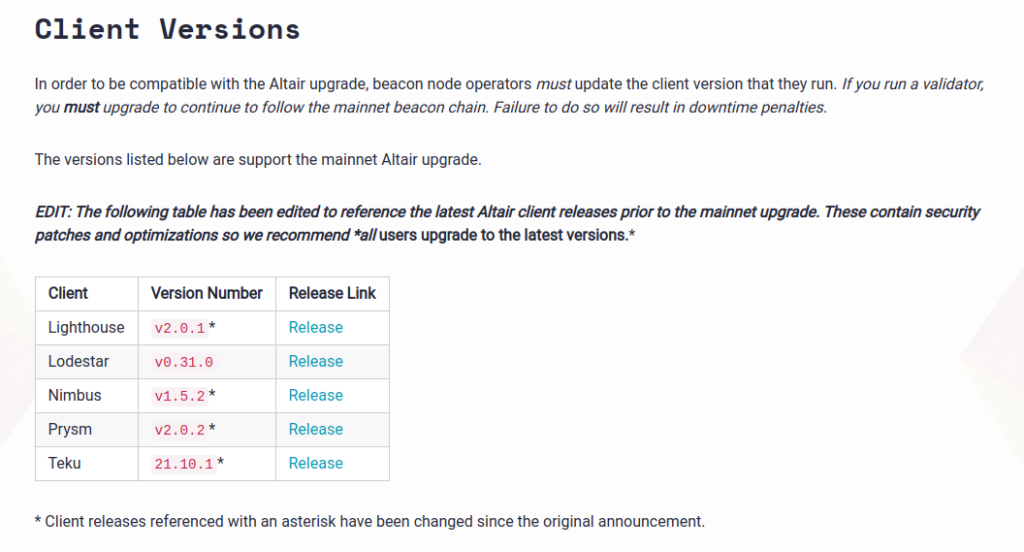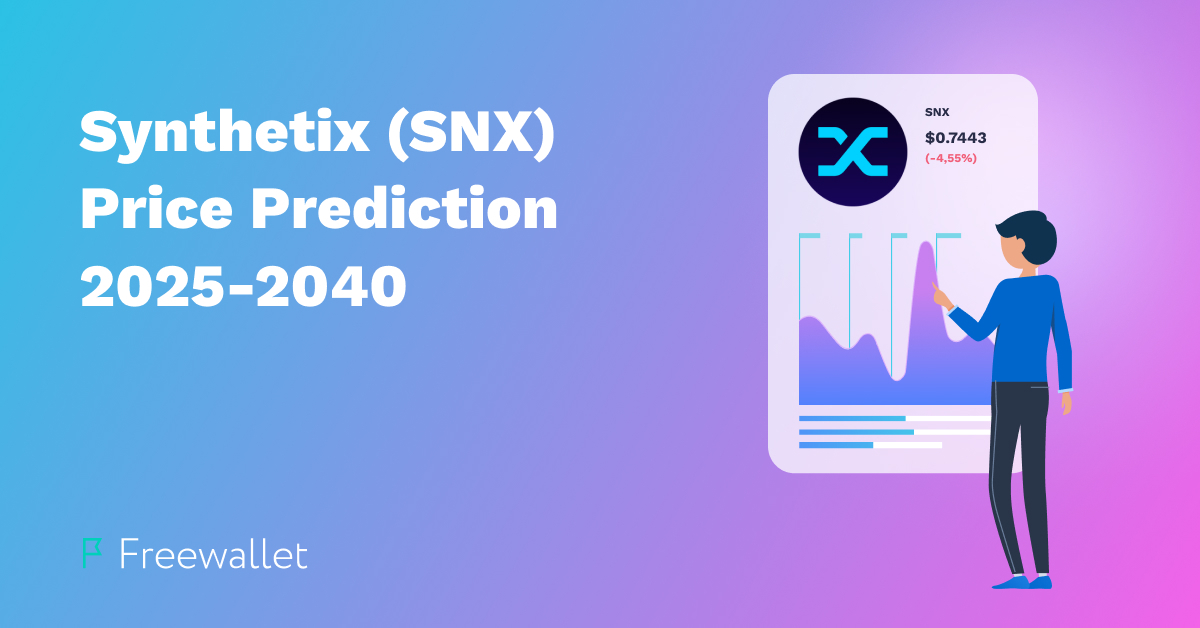
To start with, Ethereum plans to finish its changeover to Proof-of-Stake by February 2022. This major change will take a number of significant improvements on the way to this final goal.
Coming changes in the Ethereum network spark a heated discussion on the web. A long-awaited Ethereum 2.0 upgrade will take place on October 27.
Traders are hoping to see their favorite coin above $10.000 and are generally excited about Ethereum. Let’s figure out what changes will be brought by the major transition to a new protocol and why it shapes a new Ethereum.
What brings a change of protocol to life?
Through a series of updates, Ethereum was not able to speed its flow of transactions up or make them notably cheaper. In the meantime, Ethereum mining is done with the help of the Proof-of-Work system, consuming a lot of energy. Gas fees fuel the execution of transactions and smart contracts and are comparatively high for more complex smart contracts. When the fee is not enough, a contract would stop thereby creating “traffic jams” in the Ethereum network.
The cost aspect aside, scalability is another well-known challenge for the network. Ethereum can process up to several tens of transactions per second while “Ethereum killers” can boast of processing thousands of transactions per second. Of course, another comparison would be “traditional” bank payment processing systems MasterCard and Visa with the ability to handle up to 2 thousand transactions per second.
Finally, hackers’ attacks are getting more sophisticated and updates need to address the security issue as well. The improved protocol will give a more serious response to this question.
At some point, it was understood that a totally different take is needed. The result was a decision about a makeover of the present Proof-of-Work protocol. If under the current system, computers are solving mathematical puzzles in order for blocks to be mined, the new model (proof-of-stake) requires nodes to stake assets in order to validate blocks. With the new system being in place, Ethereum will be able to process up to 50 transactions per second.
The news about a successful merge of ETH1 execution and ETH2 consensus clients came out after a recent announcement of Altair Beacon Chain Upgrade scheduled for October 27, 2021. The mentioned upgrade is another step on the way to moving to the Proof-of-Stake protocol. The previous step in this direction was made in December 2020, when the Beacon Chain was launched. It was “Phase 0” on the technical roadmap of Ethereum. This way, staking was introduced to the Ethereum blockchain. The role of this improvement will change over time. For more than 6 months, the Beacon Chain has been operating smoothly and successfully.
The Ethereum community has decided to call each update in the ETH2 sequence after a star, that’s how the Altair name came into existence.
How will the Altair upgrade change Ethereum?
According to the Ethereum Foundation, the upgrade takes place at epoch 74240. Altair is a “warm-up” preparing ETH2 developers for a major upgrade coming next. The term ETH2 or Ethereum 2.0 means a set of scheduled upgrades to the network, implemented to transform Ethereum into a more scalable, sustainable, and secure network. Altair is one of those upgrades. This step helps clients and developers prepare for the coming changeover to Proof-of-Stake. In other words, Ethereum aims to be able to process more transactions at a lower cost without a security trade-off.
One of the results will be a partial loss of the staked rewards by inactive validators. In other words, inactivity of validators will suffer penalties. The Beacon node operators must get prepared for Altair by updating the client version they run. Also, validators of the mainnet are recommended to stay online during Altair.
Also, the mentioned upgrade brings light-client support to the core consensus. It’s probable that Altair might be the only upgrade to the Beacon Chain. Ethereum developers state that the upgrade would make interaction with the Ethereum network more smooth and easier.

What happens next to Altair?
Meanwhile, the Ethereum blockchain and the Beacon Chain are separate. The merge of the Beacon Chain and Ethereum mainnet will take place in the first half of 2022. It will finalize the transition to Proof-of-Stake and mark the end of Proof-of-Work for Ethereum. According to the official explanation of the Ethereum Foundation, the mainnet can be compared to the space ship, which will be fully equipped for an interstellar voltage with the help of the Beacon Chain. The latter plays the role of a new engine and a hardened hull.
Soon after the merge, a few features will be temporarily put on hold as long as the post-merge adjustment is being handled. For example, these features include withdrawal of staked ETH.
An important result of the new implementation will be the end of mining. Ethereum miners can invest their reward into staking within the frames of the PoS protocol.
Finally, Ethereum 2.0 will focus on sharding, or separating its network into sets of nodes. By distributing transactions across several chains instead of loading the entire blockchain, this kind of division enhances the overall efficiency of the network. Sharding divides each block into up to 64 pieces or “shards” that can be processed at the same time. Given that each of these shards provides the throughput of 50 transactions per second, an improved Ethereum network would be ready to beat Visa and MasterCard with their ability to process up to 2000 transactions per second. Meanwhile, on October 20, the Ethereum price has approached the highest mark ($4100) for the first time since May 2021. This surge was likely to be inspired by the new break of Bitcoin breaking above $65.000. With our blog, you can always stay up-to-date about the second-largest cryptocurrency:
What can I do with Ethereum in Freewallet?
- Download and install the Ethereum single-currency app or trade Ethereum in the Multi-coin app;
- Buy ETH with MasterCard/Visa;
- Exchange cryptos into ETH and back;
- Buy several hundred gift cards with ETH.
Related
Stay tuned
Subscribe for weekly updates from our blog. Promise you will not get emails any more often.
Most Popular
New Posts
Stay tuned
Subscribe for weekly updates from our blog. Promise you will not get emails any more often.





